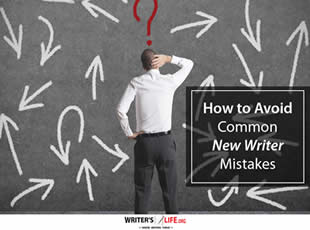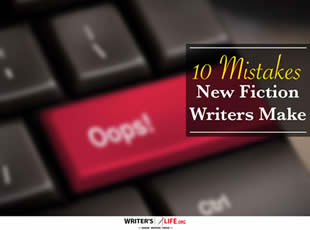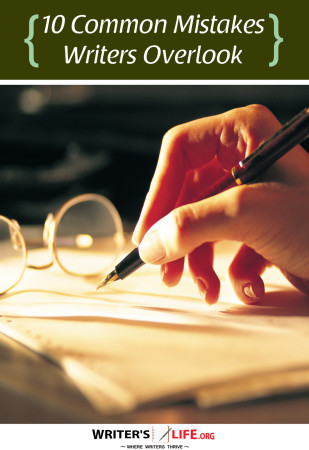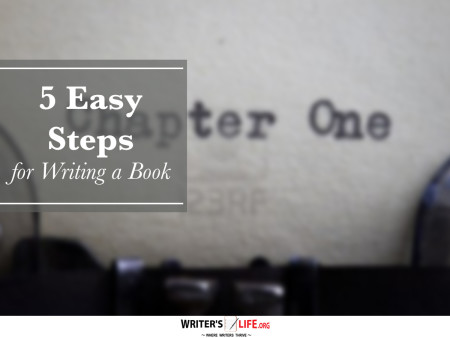- How To Tackle Jealousy In Creative Writing
- Common Submission Mistakes
- How To Stop Your Blog Becoming Boring
- The One Thing Every Successful Writer Has In Common
- How To Make Yourself Aware Of Publishing Scams
- Why Almost ALL Writers Make These Grammar Mistakes At Some Point
- 5 Tips For Authors On How To Deal With Rejection
- Top Mistakes to Avoid When Writing a Novel
- How to Avoid Common New Writer Mistakes
- 10 Mistakes New Fiction Writers Make
Writing Tips for Bringing Out a Character’s Hidden Flaws

Reveal Character Flaws in your writing to create compelling, relatable characters readers can truly connect with. Characters, much like ourselves, are often layered individuals with secret imperfections lurking beneath the surface. These hidden character flaws make them more believable and engaging for readers. But how can you effectively uncover these imperfections in your storytelling? Let’s dive into some practical tips for revealing character flaws that will not only enrich your story but also resonate deeply with your audience.
Exploring Character Flaws to Deepen Your Character's Arc
Creating multi-dimensional characters is essential for crafting a captivating narrative. It’s through character flaws discovery that we add depth and complexity to our characters. Often, these flaws are not apparent at first glance, much like the iceberg analogy - what's beneath the surface is often more significant than what's visible. But how do you go about exploring character flaws?
Start by considering what drives your character. Motivation is often intertwined with personal flaws, and these motivators can lead to incredible storytelling opportunities. Is your character driven by a need for acceptance, perhaps stemming from insecurity? Or maybe there's a desire for control that masks underlying fear? By exploring these elements, you begin to unveil hidden character flaws naturally.
Additionally, dialogue can serve as an effective tool in uncovering character flaws. A character's speech patterns, tone, and topics of conversation can inadvertently expose character flaws. Are they defensive? Overconfident? Exploring what your character says (and doesn’t say) will provide insight into their inner struggles.
Character Flaws Unveiled through Relationships
Relationships are the perfect tool for exposing character flaws. Interactions with friends, family, and rivals can act as mirrors, reflecting a character’s true nature. Consider how your character responds to conflict or setbacks through their relationships. These scenarios can reveal a lot about hidden character flaws.
For instance, a character who is seen as selfless might actually be seeking external validation. A relationship test that selflessness - maybe a betrayal by a close friend - could result in character flaw insights that enhance the narrative. As readers, we love complexity, and flawed characters are inherently more engaging.
Furthermore, relationships can highlight how characters try to mask or overcompensate for their flaws. These dynamics can make characters relatable and human, ultimately leading to a richer reading experience. According to Wikipedia, character interactions are fundamental in storytelling, thereby providing ample opportunities for character flaw revelation.
Spotting Character Flaws in Moments of Crisis
There's no greater catalyst for exposing character flaws than a crisis. Put your characters under pressure, and watch their true selves emerge. Whether it’s a natural disaster, a personal tragedy, or a moral dilemma, these pivotal moments can help reveal character flaws dramatically.
Think about how people behave when they’re most vulnerable. Crisis situations remove the mask and expose raw truth. Maybe your character is a cool-headed leader until panic sets in during an unexpected event. This sudden character flaw revelation creates intrigue and development potential.
Moreover, crises offer you a golden opportunity to redefine your character resiliently or tragically. Watching characters confront their flaws can be inspiring or heart-breaking, but it will undoubtedly leave a lasting impression on your readers.
Uncovering Character Flaws through Internal Conflict
Internal conflict is another potent avenue for uncovering character flaws. These are the quiet battles your character fights within themselves. They might be torn between duty and desire, morality versus temptation, or fear against courage. This tug-of-war is a breeding ground for hidden character flaws.
Allow your character's internal conflicts to naturally expose their flaws. Perhaps a character who is outwardly confident grapples with anxiety behind the scenes. Or a protagonist driven by justice may secretly crave revenge. Such internal struggles make for a compelling character flaw analysis.
Writing internal monologues or thought reflections can be an effective way to express these conflicts. Readers appreciate distinct insights into the characters' minds, and your narrative can achieve this through purposeful exploration of internal dialogues.
- Observe your character's past experiences and traumas.
- Use dialogue to reveal insecurities and contradictions.
- Create dynamic relationships to highlight contrasts and connections.
- Leverage crisis situations to force rapid character development.
Frequently Asked Questions About Reveal Character Flaws
Q: How can character flaws improve a story?
A: Character flaws make characters more relatable and genuine, offering opportunities for growth, conflict, and richer storytelling.
Q: What is the best way to identify a character flaw?
A: Consider motivations, relationships, and reactions to stress. These factors often highlight underlying imperfections.
Q: How do you balance character flaws without making a character unlikable?
A: Ensure flaws are balanced with redeeming qualities or motivations that the audience can understand or empathize with.
Want to promote your book after it’s published? Check out our Book Marketing Articles. If you're serious about growing your author career, don't miss out on these free tools and templates built specifically for writers. Access all 7 free resources here.


























